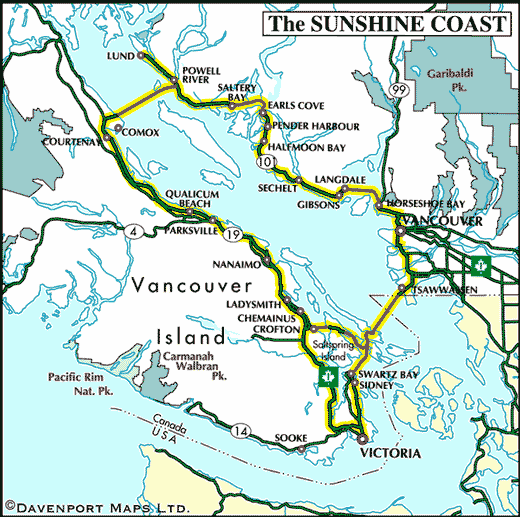Anglo Boer War (1899 – 1900)
Although the Anglo Boer War started on the 11th of October 1899, it did not reach Ladysmith until the 30th. Then the apparently invincible British garrison in Ladysmith, under the command of General Sir George White, suffered a humiliating defeat at the battle of Nicholson’s Nek with over 1000 casualties, most of whom were taken prisoner. Fortunately, the Royal Navy arrived literally in the nick of time and turned a major disaster into one of smaller proportions.
Retreating forces from the battles at Dundee and Elandslaagte had increased the numbers at Ladysmith which, although they gave more fighting power to Sir George White, also meant more mouths to feed and therefore put more strain on the supplies. The internment proper began on the 2nd of November when the telegraph lines were cut and the railway line blown up just beyond what was to become the Intombi Camp hospital. For 118 days, over 20 000 people, consisting mainly of military personnel, civilians, Indian and Native helpers, were imprisoned within the town and were to suffer the ravages of disease and starvation on an unprecedented scale.
Fortuitously, prior to the war someone had had the presence of mind to stockpile an enormous amount of supplies in the town thus preventing an early surrender. In spite of this, the inhabitants were to experience a severe shortage of food, reducing their rations to less than 25% of the normal issue, resulting in near starvation before the relief came. In addition, the Boers had cut the fresh water supply quite early in the siege and the only water available was from the Klipriver, which became contaminated and was the cause of the high incidence of deaths from Enteric and other diseases. Over 50% of the deaths during the siege were disease related, and not caused by the enemy.
The Boers were not as experienced in the attacking type of warfare as were the British. They preferred a waiting game, shelling the town with their superior artillery and starving the occupants into surrender.
Several “brushes” with the enemy were to become synonymous with the siege of Ladysmith. The battle of Ladysmith or Nicholson’s Nek mentioned above, the battle of Platrand and two night sorties to Gun and Surprise Hills. Platrand was in fact two simultaneous battles at opposite ends of the southern plateau defence line, Caesar’s Camp and Wagon Hill. Had these attacks not been repressed then, undoubtedly, the town would have had to surrender to the Boers. Casualties were high on both sides and five Victoria Crosses were awarded. The night sorties put the troublesome Long Tom and other Boer artillery pieces out of action and brought a much needed boost to morale.
The relieving Army, under General Sir Redvers Buller, arrived in the country during November and made their first attempt to reach Ladysmith on the 15th December, by attacking Colenso. This was a disaster, and Buller retired to Chieveley to lick his wounds. The second attempt was at SpioenKop where Buller was reversed and made his way back, once again, to Chieveley. On the way he gave it a third try at Vaalkranz where, although successfully gaining the advantage, he decided to withdraw. By the 15th of February, Buller had gathered his force to the east of Colenso at Hussar Hill and a fourth, and this time successful, breakthrough to Ladysmith where on the 28th of the month a small force of Colonial cavalry arrived in the town.
The official relief of Ladysmith took place on the 1st of March, 1900.
Brian Kaighin
Historian & Tour Guide
Ladysmith
South Africa
A Diary of the Siege of Ladysmith
by Brian Kaighin


